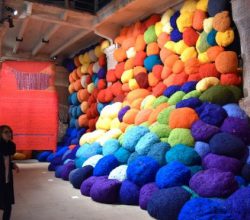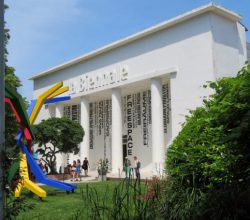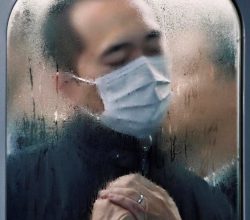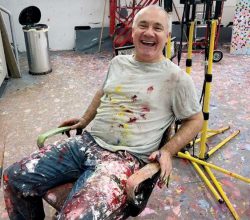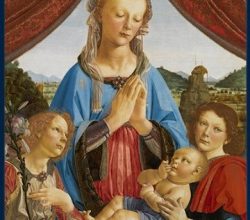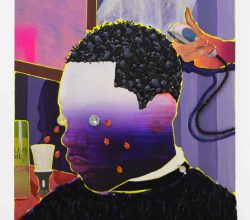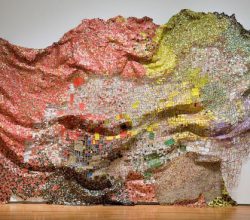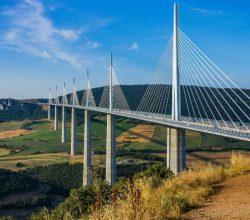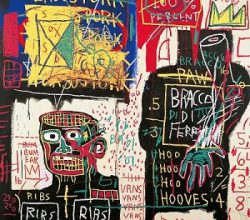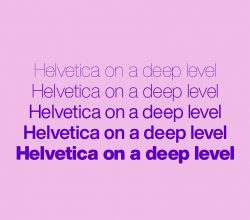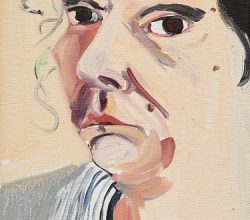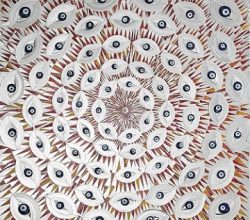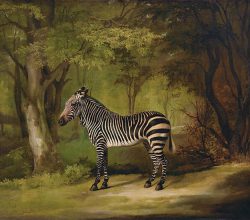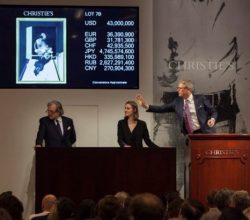
Easel Essay: For love or money? The merits of investing in art
Andrew Bailey | The-Easel | 7th May 2019
It is common to see art referred to as an “alternative asset”. The market’s growth in size and sophistication since 1990 provides some justification for the claim. Impressive though its track record is, the intricate structure of the market complicates the usual investment analysis.
“Schiller’s argument is that asset markets like real estate (and art) are prone to making price “mistakes”. Perhaps Salvator Mundi was a mistake in the sense that it was a price spike, an expression of exuberance that may be followed by buyer’s regret. Perhaps low prices for art by women artists are also a mistake. Price overshoots and undershoots usually get corrected but as to when – sadly, that is unknowable.”

